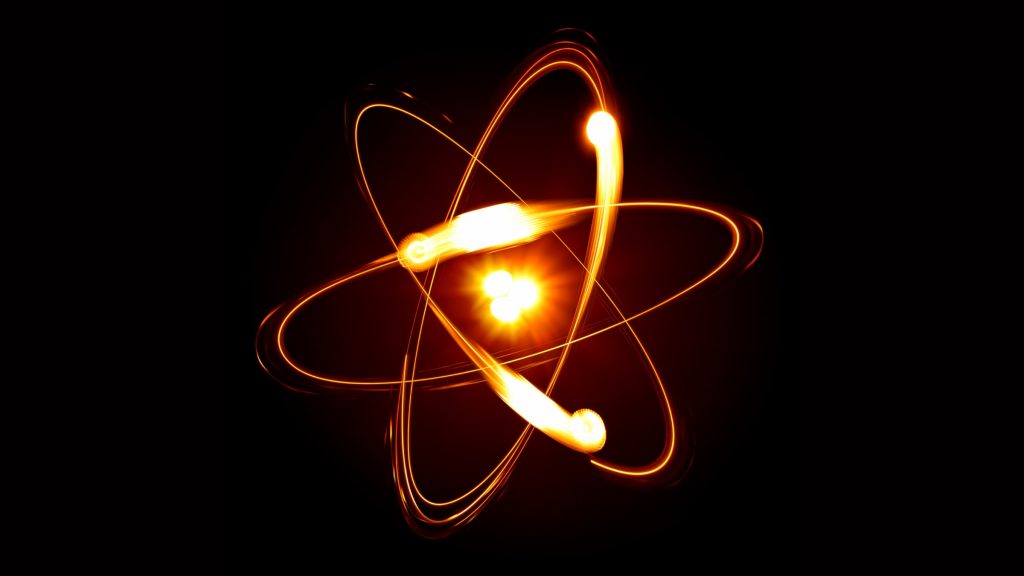
On August 16, scientists at Lawrence Livermore National Laboratory revealed how AI nuclear fusion has revolutionized research at the National Ignition Facility by enhancing predictive accuracy through a new deep learning model.
In a paper titled “Predicting fusion ignition at the National Ignition Facility with physics-informed deep learning” published in Science, researchers revealed that their AI model successfully predicted the outcome of a 2022 ignition attempt, assigning a 74% probability of net energy gain predictions ignition outperforming conventional supercomputing simulations.
“What we’re excited about with this model is the ability to explicitly make choices for future experiments that maximize our probability of success each time,” said Kelli Humbird, co-author and leader of the Cognitive Simulation Group at NIF’s Inertial Confinement Fusion Program.
Machine learning fusion research is notoriously expensive and slow, and while NIF runs mere dozens of ignition attempts annually and traditional simulations need days to run. In contrast, the AI model allows rapid experimental design testing, drastically improving efficiency and reducing costs.
Can AI Solve Nuclear Fusion?
Current fusion using AI technology still lags behind fission power plants, which split heavy atoms to generate energy.
AI fusion experiments, in which light hydrogen atoms are fused together, have the potential to generate more energy without radioactive waste, and it is a promising avenue to sustainable energy.
NIF laser-based fusion tests involve the heating of a gold cylinder (hohlraum) to generate X-rays used to compress hydrogen fuel pellets in the hopes of achieving ignition where greater AI global fusion energy is released than is absorbed.
However, simulating this AI nuclear fusion process has proved challenging. Humbird compared it to navigating with an unreliable map.
“Achieving nuclear fusion is like scaling a tall, uncharted mountain,” explained Humbird, noting how traditional codes are simplified to remain computationally feasible but often introduce errors.
To tackle this fusion energy with AI issues, Humbird’s team compiled past experimental data, simulations, and expert input into a dataset that was analyzed using over 30 million CPU hours.
The result is an AI acceleration of fusion models that recognizes a broad range of possible failures such as laser misfires or defects in fuel targets and improves prediction accuracy from 50% to 70%.
“What we basically came up with was a distribution of things that go wrong [at] NIF,” Humbird said.
What sets this AI-designed fusion reactors model apart is its acceptance of real-world imperfections. It does not try to idealize the process but instead embraces its messy, unpredictable nature. Humbird believes this realism will be key to scaling progress in fusion.
All the different ways that we have observed implosions, sometimes, the AI nuclear fusion laser doesn’t fire exactly how you asked it to.
To create scalable alternative fuel sources gaining momentum, those advances portend a future in which AI fusion diagnostics not only accelerate scientific progress but brings the promise of clean, limitless energy within one step further.
Inside Telecom provides you with an extensive list of content covering all aspects of the tech industry. Keep an eye on our Intelligent Tech sections to stay informed and up-to-date with our daily articles.